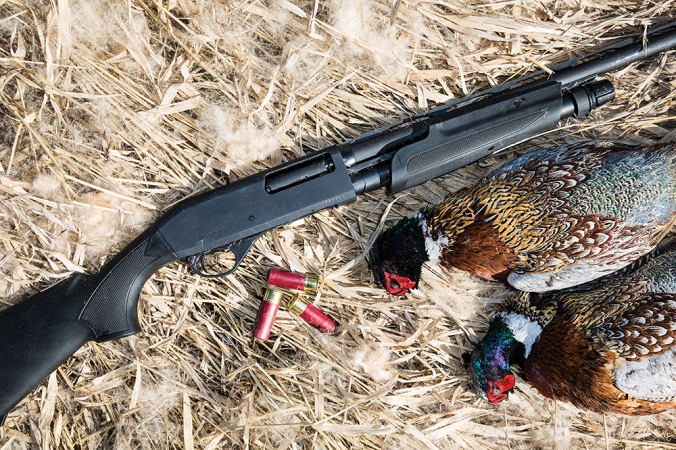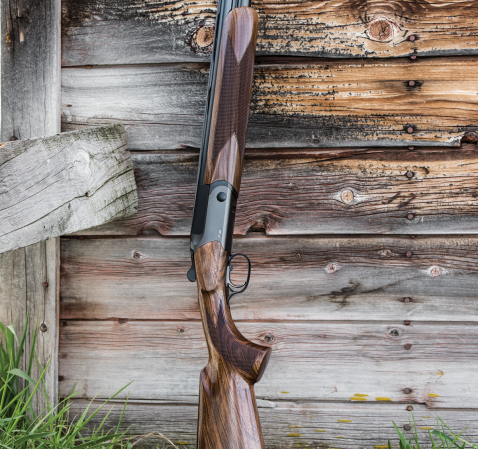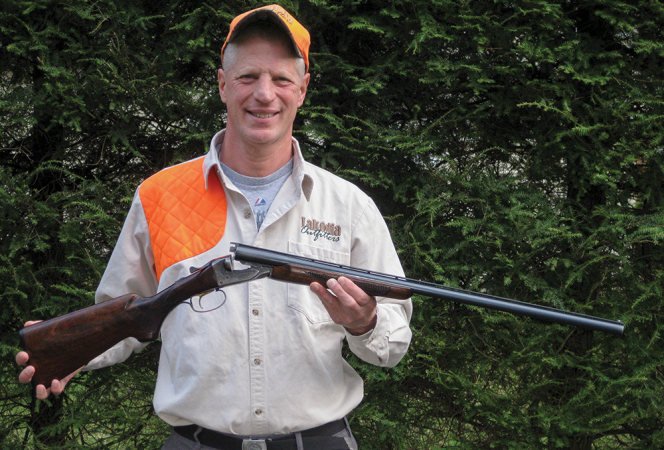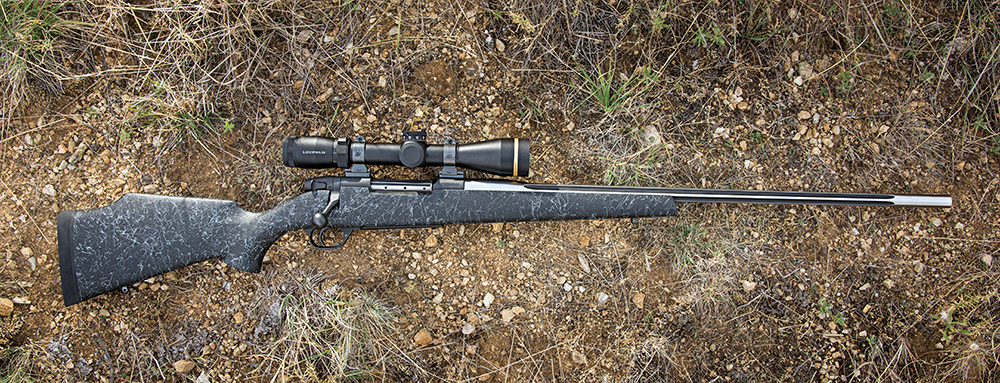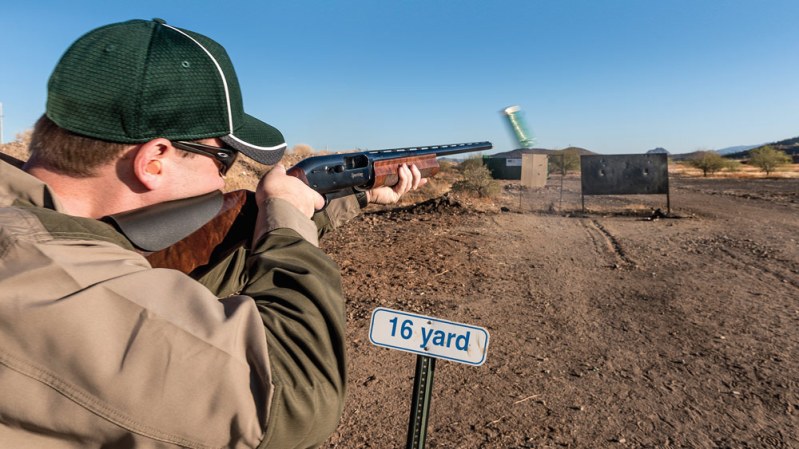We may earn revenue from the products available on this page and participate in affiliate programs. Learn More ›
A few decades ago, shotgun designers figured out that a hot barrel creates waves of distortion, and that those waves make it hard to shoot well. The answer to the problem was simple: a raised rib, sometimes ventilated, on the top of the shotgun to keep heat waves from messing up the sight picture. Raised ribs have become commonplace, but they differ in design and purpose. Here’s a look at the three most common rib types and what they can do for you.

Caesar Guerini Challenger Trap
1. RAISED RIB
These ventilated ribs are very tall and designed primarily for use on trap guns, though they are gaining in popularity for skeet and sporting clays. The raised-rib design allows the shooter to sustain a more comfortable head-up profile when shooting. And since the barrel is well below the rib, acquiring targets is easier and faster. A high rib is a magnet for briers, leaves, and tree branches, however, so this is not a gun that’s made for hunting.

2. STEPPED RIB
These guns feature barrels that are relatively flat coming out of the receiver but feature a pronounced “step” in rib height at some point along the barrel, usually to accommodate a comb that has less drop. The stepped rib makes sight alignment fast and easy, as the shooter’s head stays in a relatively upright position. Thin, long-necked shooters tend to shoot better with high-ribbed guns.
3. FLAT RIB
Traditional on American guns, flat ribs extend from the receiver in a relatively straight line. They promote a high-gun hold, though some shooters find that the increased drop at heel and the flat-rib design leave them straining to get their face flat against the gun’s comb, which will cause shooters to miss high. Conventional thinking has it that stockier shooters with short necks tend to perform better with flat-rib shotguns, though practicing a smooth mount and tight cheek weld will prevent sloppy technique.
Rib Width
Field ribs tend to be narrower (6mm to 9mm wide), while sporting clays ribs are wider (10mm-plus). This is largely because companies began putting fat ribs on “sporting clays” models and the idea stuck. Many ribs are tapered, meaning they are wider at the rear of the barrel than at the muzzle, the idea being that the narrowing rib helps focus the shooter’s attention on the target. The rib serves primarily as a reference point regarding the cant (angle) of the gun.
The Best Bead
Most field guns have a single brass bead near the muzzle. White beads are also popular and are easier to pick up than brass. But you don’t want to take your focus off the target, so if the bead distracts you, blot it out with a black marker or remove it altogether.
The same can be said for fiber-optic beads, which purport to be brighter and easier to see. If the white or fiber-optic bead doesn’t distract you, it’s fine to leave it on the gun, but it’s not going to help you kill more doves or break more clays than any other front bead.
If your upland gun doubles as a turkey gun, you have an argument for a fiber-optic bead, as it makes aiming in low light (which you’ll likely do hunting turkeys) easier.
Some guns have a mid bead, the idea being that if the front and mid beads are in line, the gun will shoot flat. But if the beads appear in a figure-8 pattern (with one bead stacked over the other), the gun is in position to shoot high, which is ideal for trap. A handful of clay shooters I’ve known shoot very successfully without any bead at all.


